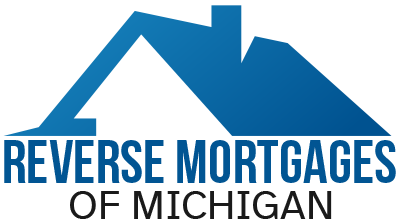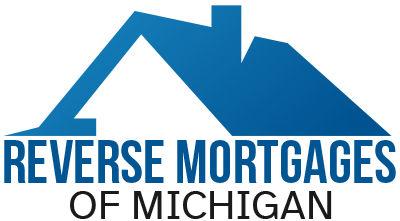Refinance Your Reverse Mortgage
While refinancing a reverse mortgage (HECM) isn't a one-size-fits-all solution, it can be a valuable strategy for some homeowners. The key factor to consider is the net benefit – the additional loan proceeds you receive after refinancing costs. If this net benefit is substantial, refinancing could be a good option.
However, it's crucial to weigh the costs involved against the potential gains. To ensure you're making an informed decision, consulting with a trusted financial advisor is always recommended.
- Home
- Apply & More
- Refinance Your Reverse Mortgage
Refinancing a reverse mortgage (HECM to HECM)
Considering a Reverse Mortgage Refinance? Here’s What You Need to Know!
While a reverse mortgage (HECM) is often considered the final mortgage a homeowner takes out, there may be situations where refinancing makes sense. This article explores refinancing specifically for existing federally-insured reverse mortgages (HECM).
Favorable Market Conditions Can Open Doors
Low interest rates and rising home values can create an opportunity to refinance your HECM and access additional cash. Let’s explore some key factors that influence your eligibility:
Your Age: HECM loan amounts are based partly on your age. The younger you are, the less money you can initially access, but this also leaves room for the loan balance to grow over time. Since you’re older now, you may qualify for a larger loan.
Interest Rates: Lower interest rates can significantly increase the total loan amount and available proceeds. If current rates are much lower than when you first obtained your HECM (especially if it was a fixed rate), refinancing could be beneficial.
Home Value Appreciation: If your home value has increased significantly since your first HECM and interest rates are low, you might be able to refinance, pay off the existing HECM, and still have access to additional cash.
Other Considerations
Existing HECM Balance: HECM borrowers typically don’t make monthly payments, so the balance grows over time. If you took out your first loan during a lower interest rate period, your current outstanding balance might be more favorable.
The Refinancing Process: Refinancing involves a new loan application, appraisal, HUD counseling, and underwriting.
FHA Mortgage Insurance: You’ll receive a credit on your upfront FHA mortgage insurance premium based on your home’s current value.
Seek Professional Guidance
Refinancing a HECM is a complex decision. The potential benefits should outweigh the refinancing costs. Consulting with a trusted financial advisor is highly recommended to ensure you’re making an informed choice.
Subscribe and stay up to date with industry insights and reports
My newsletter offers valuable insights, tutorials, real estate expertise, and other resources dedicated to reverse mortgages.
Please review our privacy policy for further details.




